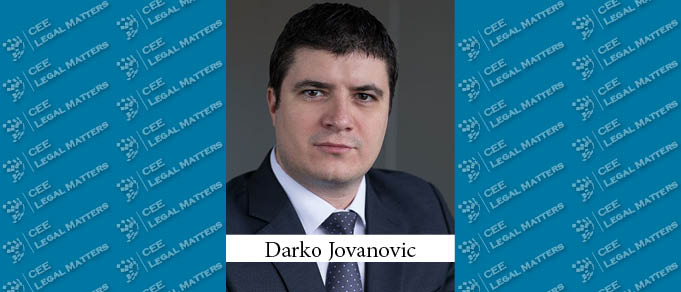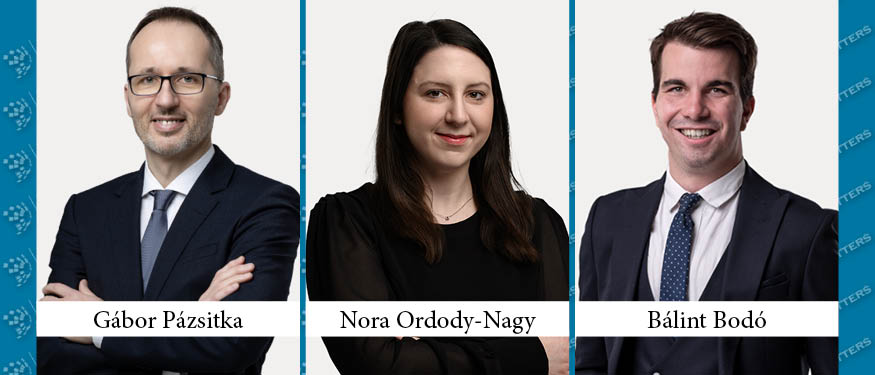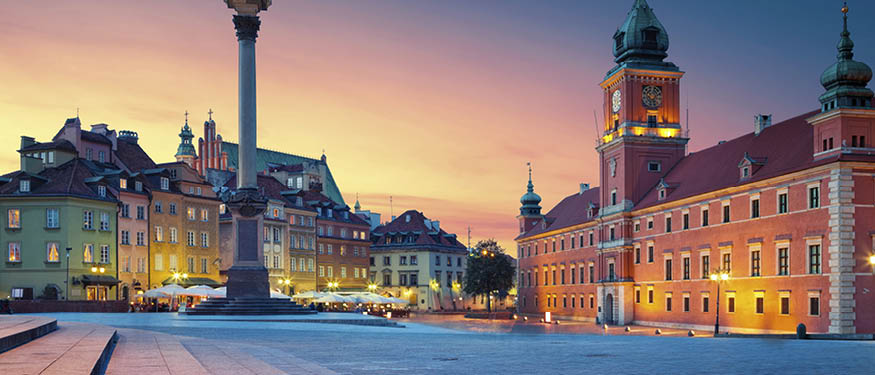With the war in Ukraine affecting a number of business sectors, Serbia still manages to have a very vibrant market with a number of important projects being developed primarily in the infrastructure and energy sectors, according to Karanovic & Partners Managing Partner Darko Jovanovic.
“With the escalation of the war in Ukraine, the country finds itself in a somewhat challenging position,” Jovanovic begins. Serbia has traditionally tried to maintain a position between the east and the west — something which will be very demanding to maintain. “It is difficult to predict exactly what the effects of the war will be for the Serbian market, as is for any other market in Europe," Jovanovic says. “We have also seen a round of presidential and general elections this April,” Jovanovic continues. “The outcomes were anticipated and not much changed business-wise.” The new government is expected to be formed by the fall of 2022, Jovanovic reports.
Still, on the other hand, the business landscape in Serbia appears to be thriving, Jovanovic reports. “There are quite a few renewables and green energy projects in the works or in the pipeline – primarily driven by wind and solar. But also hydropower, as Jovanovic reports that a massive pumped-storage hydropower plant is planned for construction on the Danube with “huge capacities of up to 2.4 gigawatts."
Additionally, Jovanovic reports that there are “a lot of new highways and roads being built and contracted – these are very important elements for better connectivity and the overall economy. Especially so, given the international aspect of some of these projects, like the Belgrade-Sarajevo highway or the Belgrade-Budapest fast railway.” Jovanovic also expects there to be “activity on the river transportation” which could result in concessions for river ports, and also mentions public utility infrastructure development (waste treatment and wastewater treatment facilities).
Furthermore, Jovanovic reports that Stellantis announced the development of an electric car production facility in Serbia. “This is a major green tech move for the country. The proposed facility is slotted to start producing the new model in 2024,” Jovanovic says, indicating that this could have a positive ripple effect on the Serbian economy.
Finally, Jovanovic reports on an active IT sector. “As a result of the situation in Ukraine, we are seeing interest in business relocation – from Russia and Belarus – towards Serbia, primarily in the IT sector. The local IT community can absorb this influx, with the market experiencing more and more VC fund attention,” he indicates. “The IT sector, in general, is very vibrant and innovative as we see increased activity in certain specific areas, such as mobile gaming, blockchain-based software developments, and web3 projects” he concludes.















